After my arrival in Santiago de Compostela on October 20th, 2021, I was eager to begin exploring the city. I had spent the last 16 days on a pilgrimage along the  Portuguese Camino to reach Santiago. Now that I had finally arrived, I couldn’t wait to see the Cathedral and get my official Compostela certificate.
The Santiago de Compostela Cathedral holds special masses for pilgrims multiple times a day. The Cathedral is known for its botafumeiro, which is an incense-burning censor that weighs over 80 kg (175 pounds). Santiago’s botafumeiro is one of the largest censors in the world and is usually kept in storage.
On special occasions, however, it is hung from the ceiling and used during mass. I *really* hoped to see the botafumeiro for myself during the pilgrim’s mass.
Unfortunately, an encounter with bed bugs on the Camino the derailed these plans somewhat. I had spent the previous evening in a lodging with bed bugs and needed to make sure none had hitched a ride with me.
So, I spent most of my time in Santiago doing laundry and missed the pilgrim’s mass as a result.
Thankfully, I did have some time left over for exploring the Cathedral and getting my official Compostela certificate. I also ran into Natalia in Santiago and we had a happy reunion at the square in front of the Cathedral.
Table of Contents
The Santiago de Compostela Cathedral
The highlight of my visit to Santiago was, of course, visiting the Santiago de Compostela Cathedral.
The Basilica is open every day from 7:00 am to 9:00 pm and is free to enter. We did not end up visiting during mass so we were able to wander around the Cathedral and take photos.
If I had more time I would have also liked to visit the church archives and museum. The museum tour provides a closer view of the magnificent Portico of Glory as well as entrance to the roof and Ratchet Tower.
For a different view of the Cathedral, the church also offers tours of the building at night starting at 10:30 pm.
Inside the Cathedral
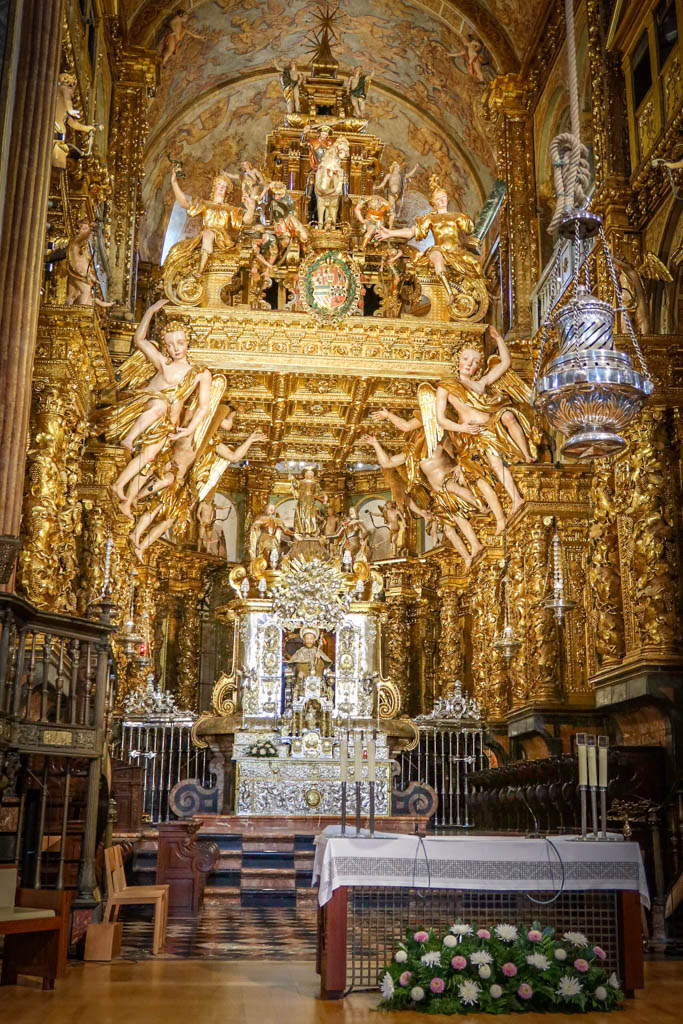
The Santiago de Compostela Cathedral altar dedicated to Saint James. The botafumeiro is visible in the upper right-hand corner hanging from the ceiling.
The Crypt and Relics of Saint James
The Holy Door (Porta Santa) leading to the Crypt is located on the opposite side of the building from the ornate Portico of Glory. The door leads to the Crypt where the relics of Saint James are (supposedly) located.
Apparently the Porta Santa is only open on Holy Years (or Jubilee Years). These are special years in which Saint James Day (July 25) happens to fall upon a Sunday.
As it happens, 2021 is a Jubilee Year. So, I was able to visit the crypt.
If I was Catholic, I could have also earned a Plenary Indulgence (absolution of sins) since 2021 is a Holy Year. In order to be eligible, apparently all you have to do is visit the tomb of the Apostle and say a prayer, along with receiving Communion and saying Confession.
Reunion with Natalia
Another highlight of my visit to Santiago was meeting up with Natalia.
Natalia and I met on the second day of my pilgrimage at an albergue. After that, we saw eachother pretty much every day of the Camino and became good friends. Since we did not arrive in Santiago at the same time, we made plans to meet up at the Cathedral.
It was night by the time we found eachother in the Cathedral square. Good times!
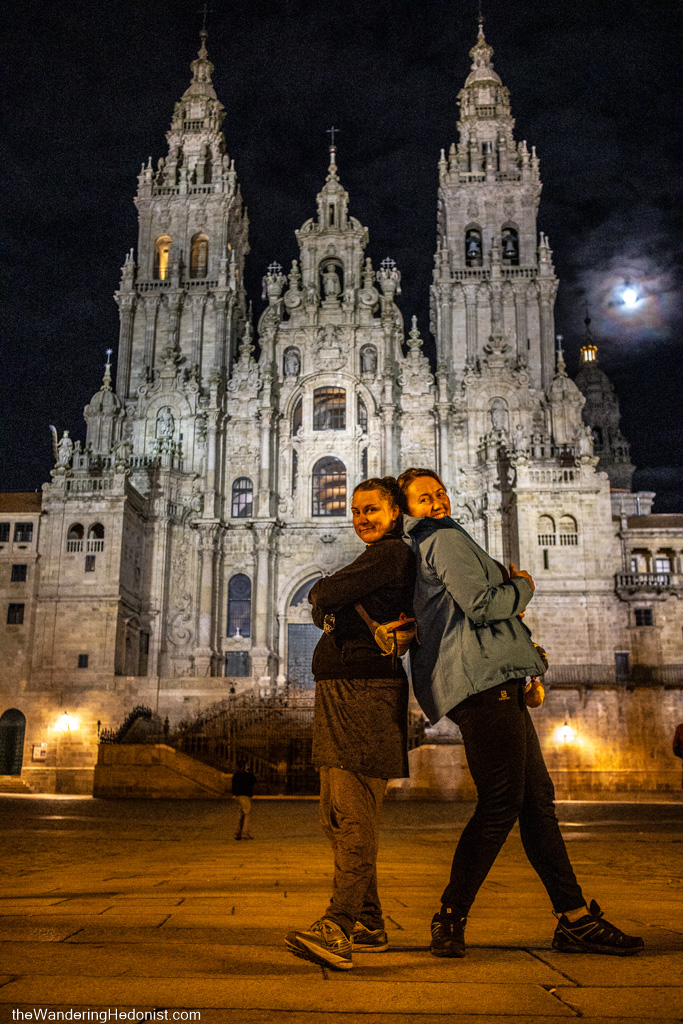
Natalia and me in front of the Cathedral. Photo by Daniel of The Wandering Hedonist.

Goofy pose! Photo by Daniel of The Wandering Hedonist.
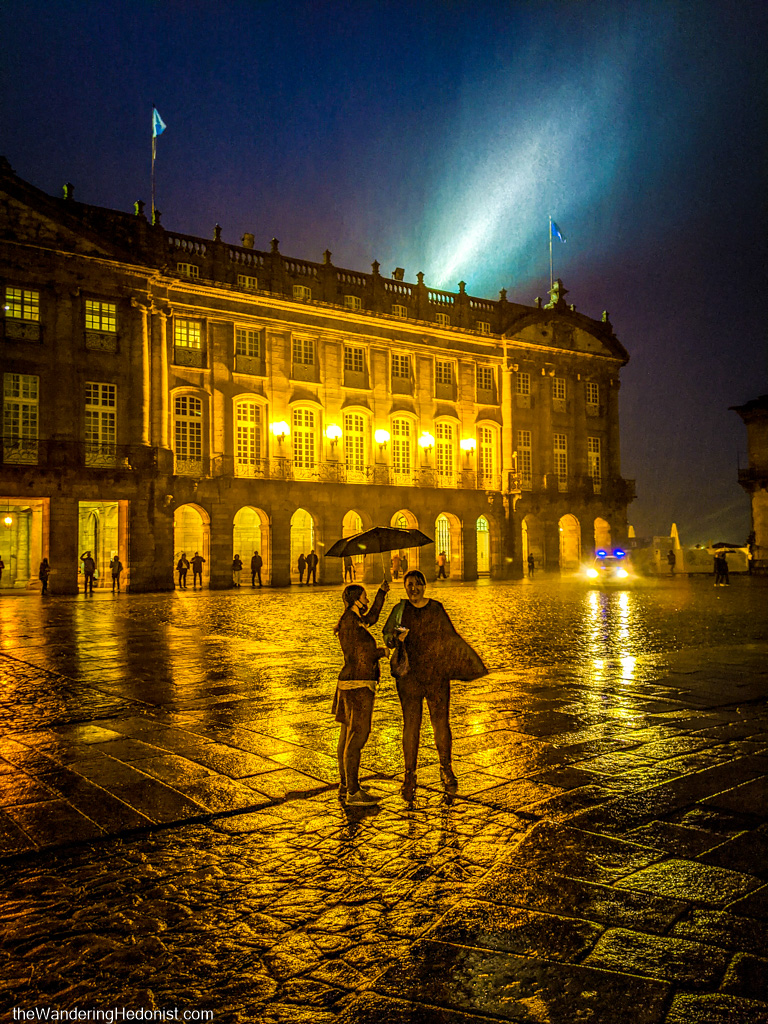
Hanging out in the rain. Photo by Daniel of The Wandering Hedonist.
Getting My Compostela Certificate and Certificate of Distance
The last official step of the pilgrimage is acquiring the Compostela.
The Compostela Certificate is issued by the Pilgrim’s Office which is actually located several blocks away from the Cathedral. I heard that getting the Compostela can take a long time So, I waited until the next day to brave the line.
What is the Compostela Certificate?
The Compostela certificate is the official document issued by the church which certifies that I have completed a pilgrimage to Santiago de Compostela.
The Compostela certificate is written in Latin and, when adding a pilgrim’s name to the certificate, their name is converted to Latin too. Thus my name (Kathleen) became Catharinam when it was inscribed on the certificate.
When translated to English, the text on the Compostela certificate reads:
The Chapter of this Holy Apostolic and Metropolitan Cathedral of Compostela, custodian of the seal of the Altar of St. James, to all the Faithful and pilgrims who arrive from anywhere on the Orb of the Earth with an attitude of devotion or because of a vow or promise make a pilgrimage to the Tomb of the Apostle, Our Patron Saint and Protector of Spain, recognises before all who observe this document that: …………… has devotedly visited this most sacred temple having done the last hundred kilometers on foot or on horseback or the last two hundred by bicycle with Christian sentiment (pietatis causa).In witness whereof I present this document endorsed with the seal of this same Holy Church.Issued in Santiago de Compostela on ……… of …………… year of our Lord ……….The Dean of the Cathedral of Santiago.
How to Receive the Compostela Certificate
In order to be eligible for the Compostela, pilgrims must meet the following requirements:
- Walk at least 100 km to Santiago de Compostela (for pilgrims traveling by bicycle the minimum requirement is 200 km)
- Collect stamps along the way in the pilgrim’s Credencial (passport). The minimum is 2 stamps per day for the last 100 km of the journey.
- Make the pilgrimage for religious or spiritual reasons, or at least an attitude of search. Pilgrims who are not walking the Camino for religious or spiritual reasons are issued a Welcome Certificate instead.
Due to the large number of pilgrims arriving at Santiago de Compostela each day, the church has implemented a system to try and streamline the process. Upon arriving at the Pilgrim’s Office, pilgrims are issued a number and asked to fill out an online form.
Then, they wait.
There is a QR code on the ticket so pilgrims can check on the current status. If the line is too long, many choose to leave and come back.
I had read horror stories of pilgrims waiting in line all day. The Pilgrim’s Reception Office reviews on Google Maps are hilarious. One, in particular, begins “Unbeknownst to weary Pilgrims at the end of their 800km trek, Dante’s 10th circle of hell awaits them….”
So let’s just say I arrived at the office with low expectations and plenty of patience.
Lucky for me the wait wasn’t that bad. I was there for less than an hour. Probably helps that I finished the Camino late in October which is a bit late in the season for most pilgrims.
Certificate of Distance
I also got a Certificate of Distance which certifies the kilometers that I walked on the pilgrimage. This document is optional.
Pilgrim’s Credencial (Passport)
The Credencial is another important document for pilgrims on the Camino de Santiago. This accordion-like booklet holds all the stamps that pilgrims acquire along the journey.
I picked up my first Credencial at the Cathedral in Porto when I began my journey.
However, it soon became apparent that I would run out of room before reaching Santiago de Compostela. So I picked up another Credencial in Tui.
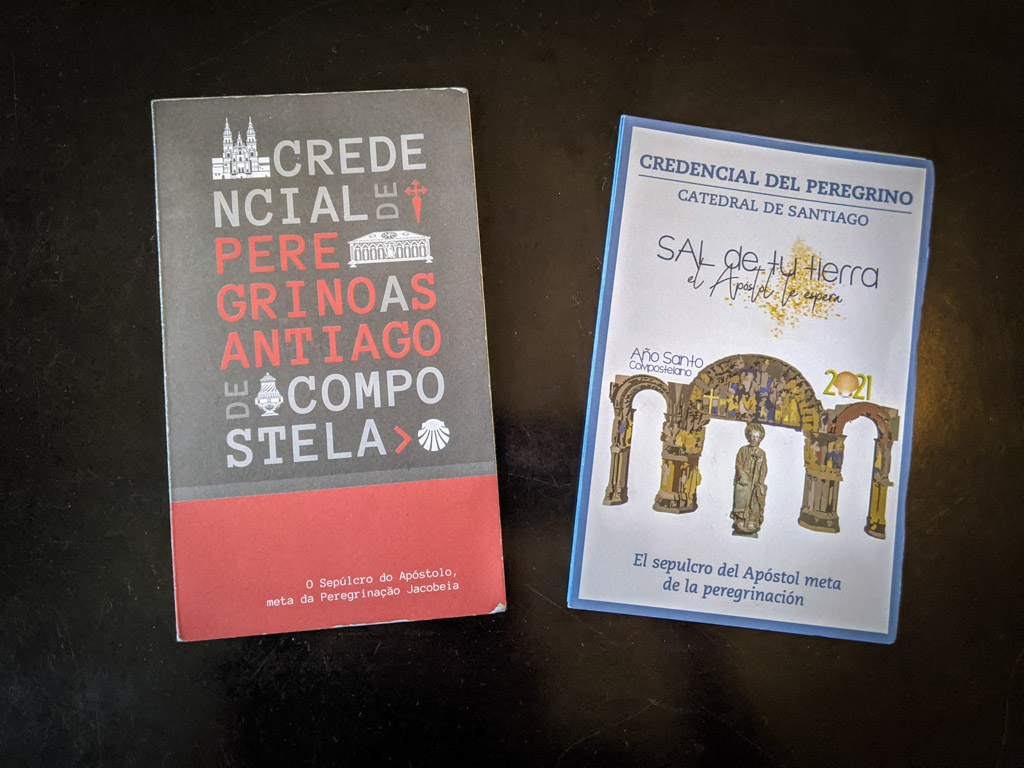
My Pilgrim’s Credencial (Passport). I collected so many stamps that I ran out of room and had to get a second one.

Some of the stamps on my Pilgrim’s Credencial. The final stamp issued by the Santiago de Compostela Cathedral is on the first page.
Exploring Santiago de Compostela
I spent the rest of my time exploring Santiago de Compostela and hanging out with my husband Daniel. He made a special journey to Santiago just to meet me and it was great to be reunited with him.
Daniel and I adore Spanish food, so we made a point to eat out several restaurants. We also visited some cozy wine bars for drinks and tapas.
You can read more about the food we ate in Danie’s blog post: Santiago de Compostela, Spain – The end of the Camino
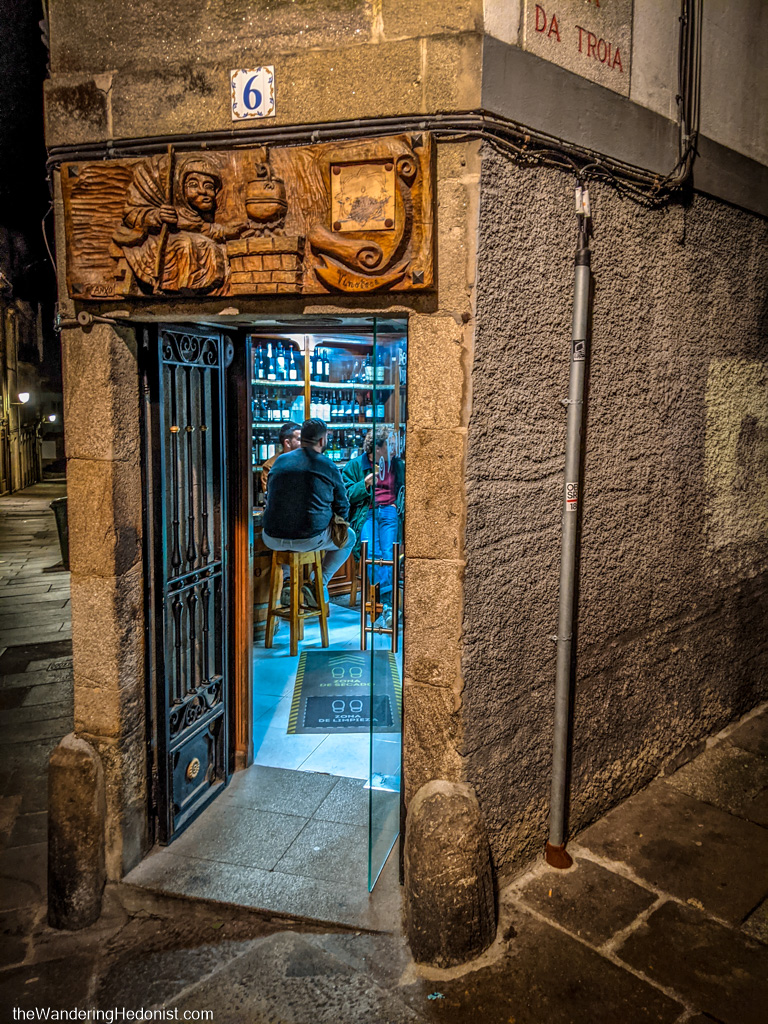
Entrance to a cozy wine bar. Photo by Daniel of The Wandering Hedonist.
Continue Reading
- Previous journal entry:Â Portuguese Camino Day 16: Arrival in Santiago de Compostela
For more information about my pilgrimage along the Camino Portugués, visit my Portuguese Camino web page.

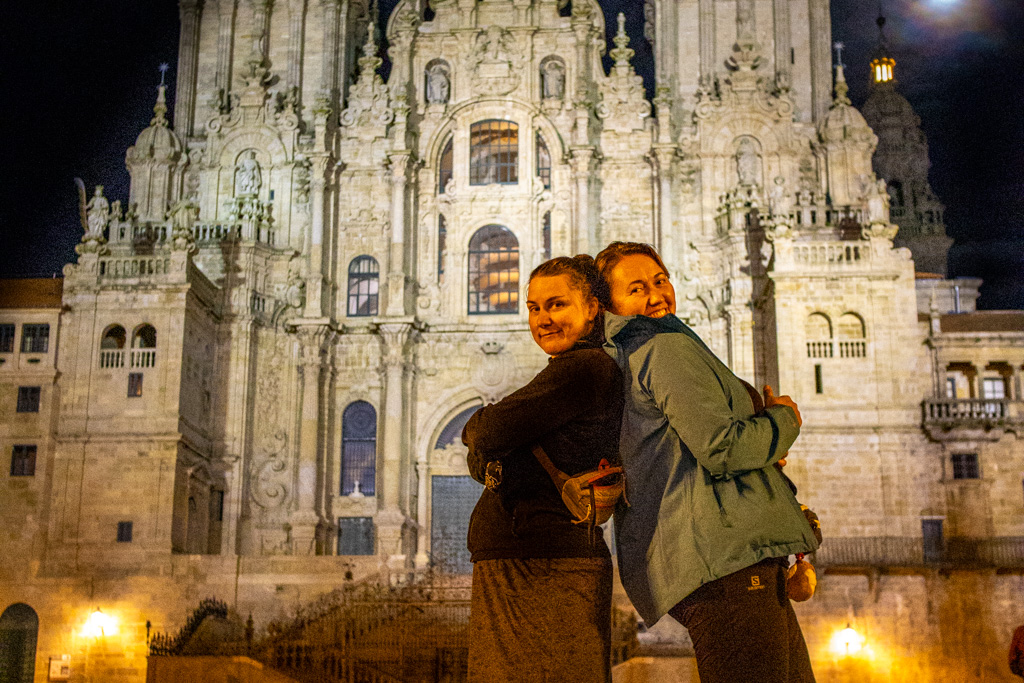
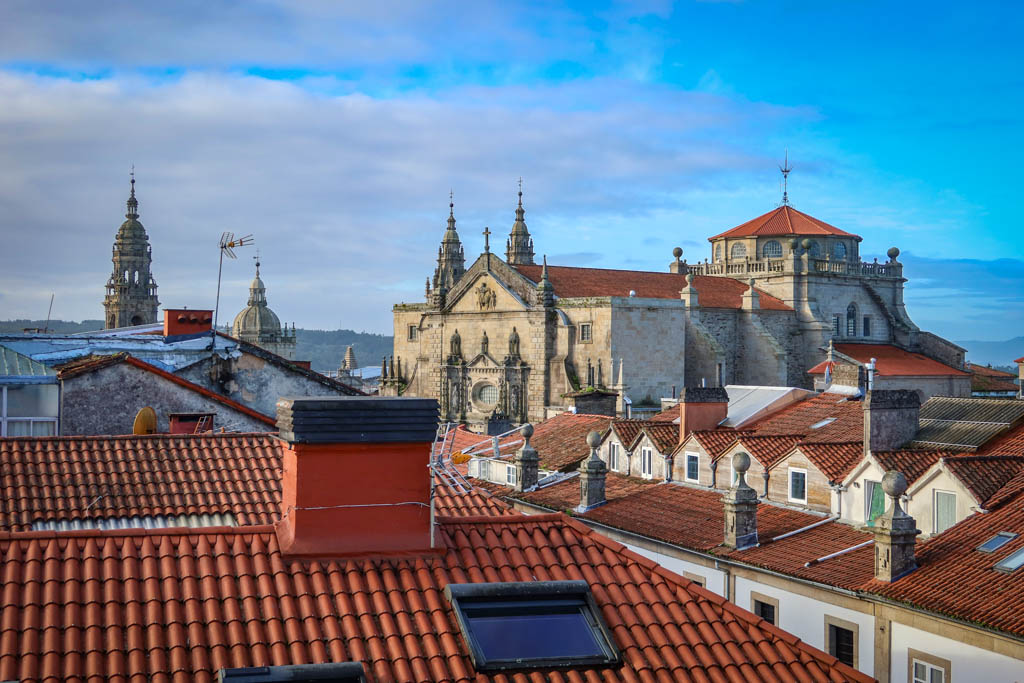
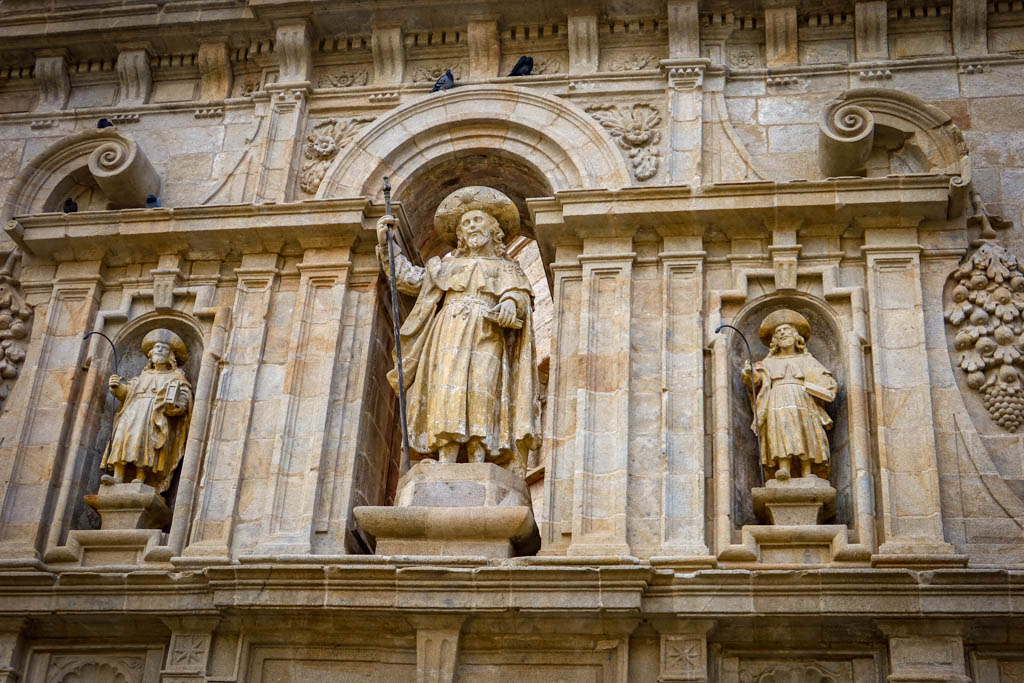

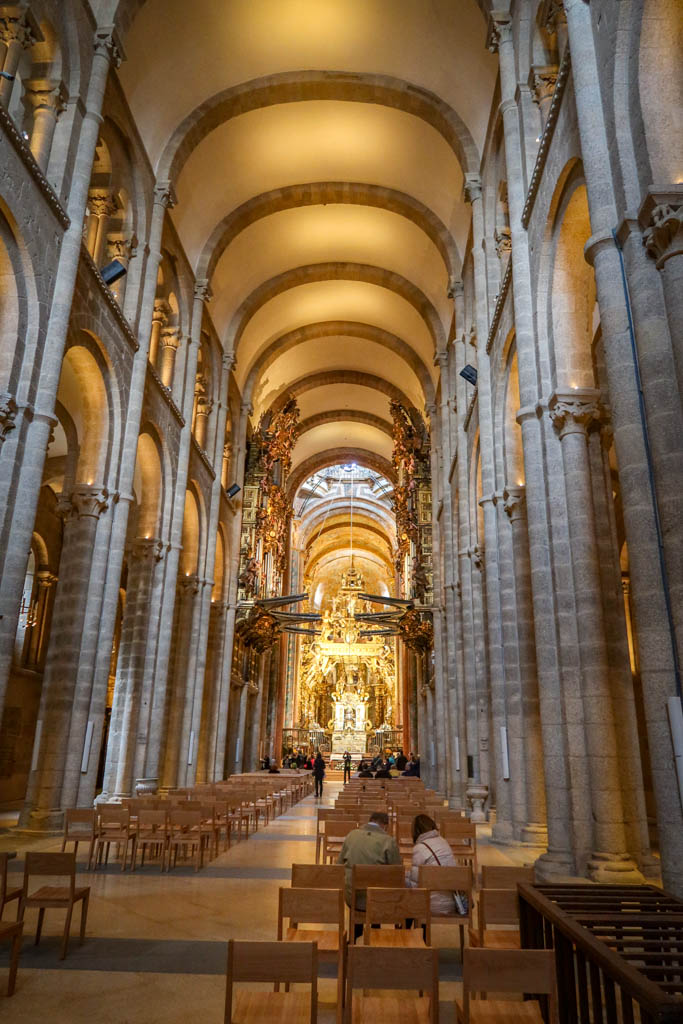


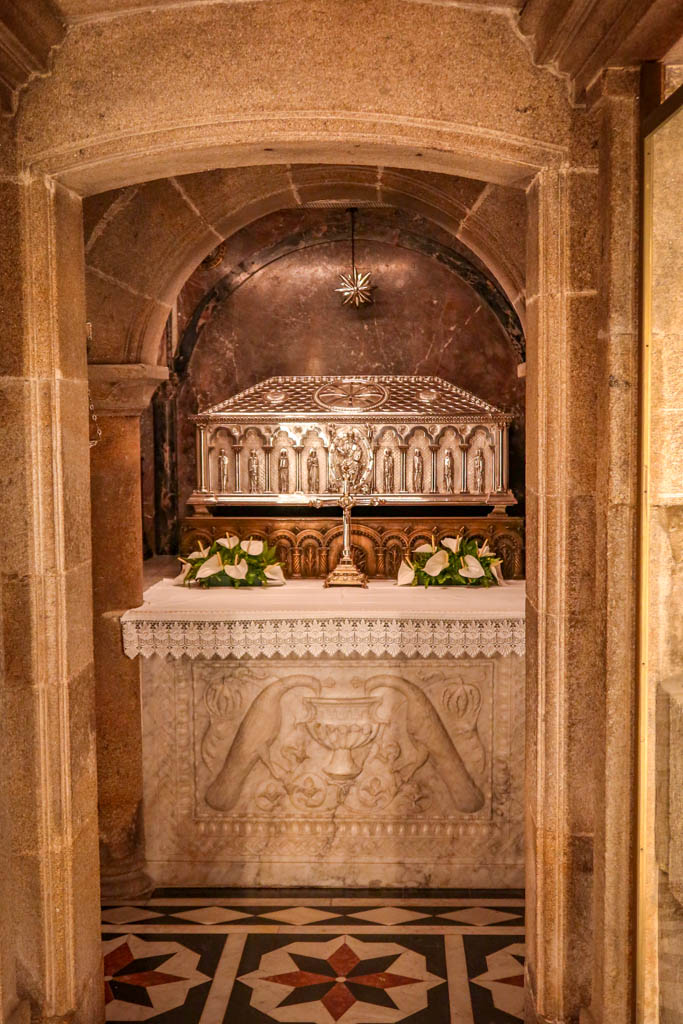

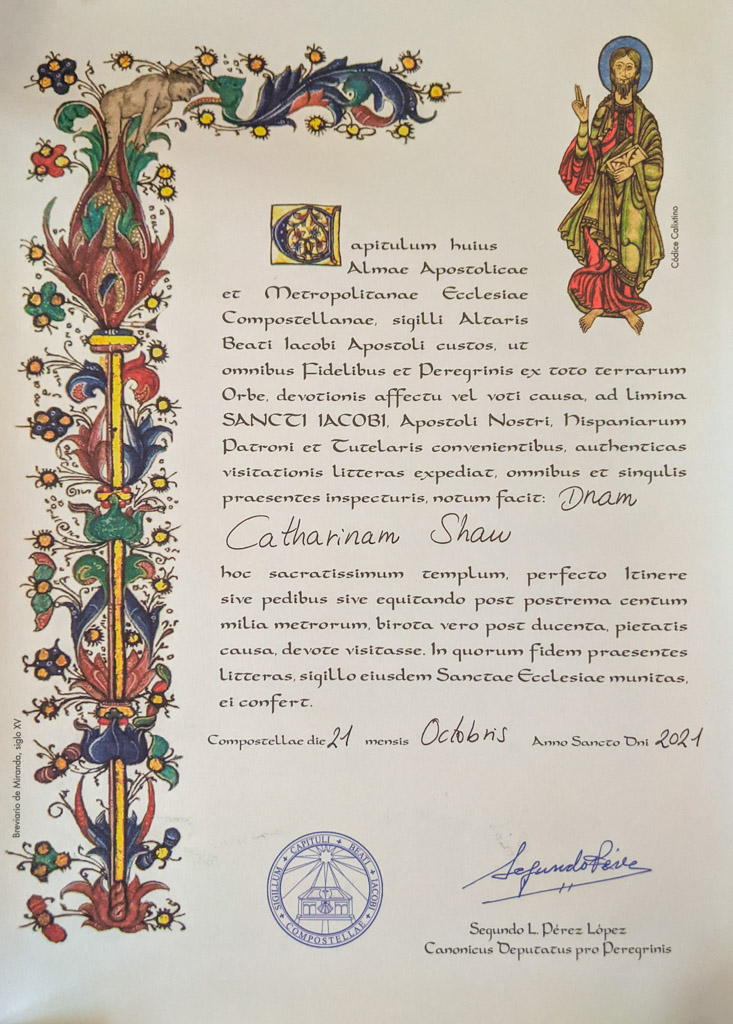

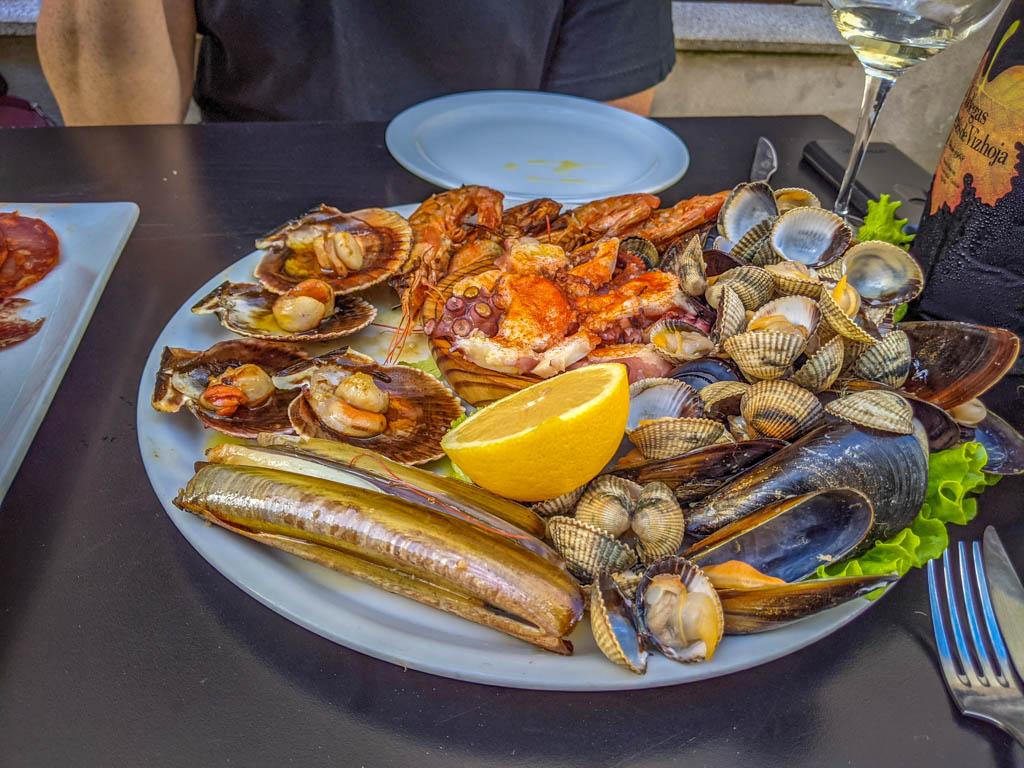
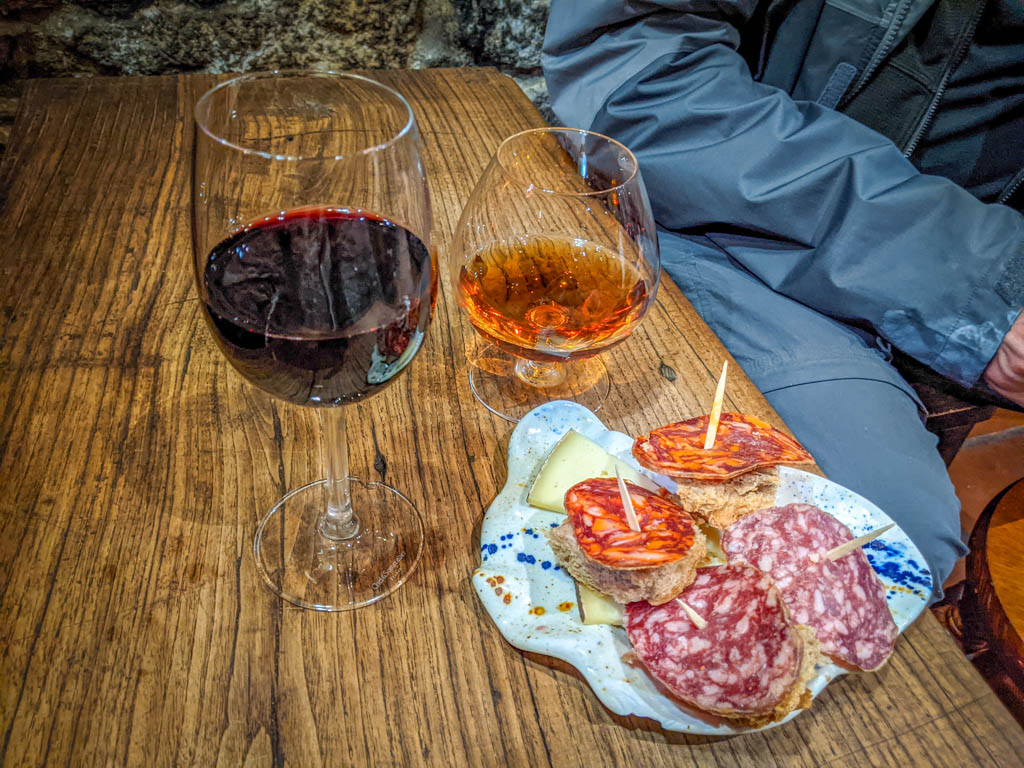

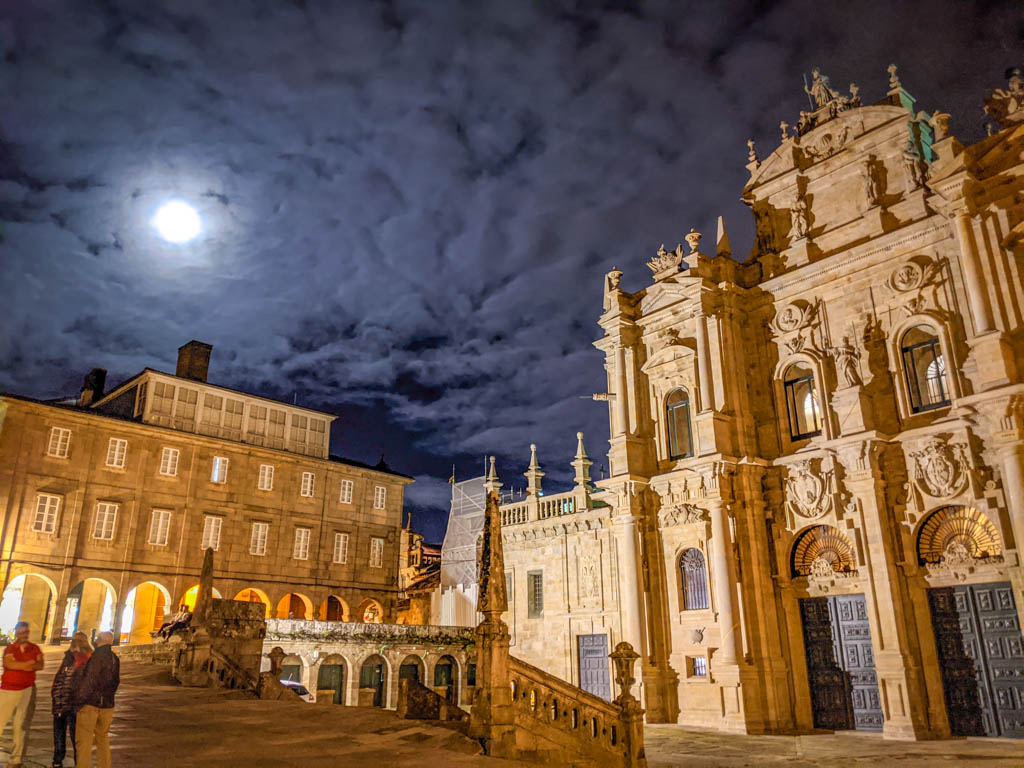
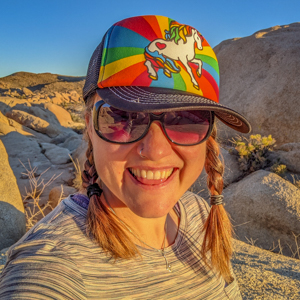
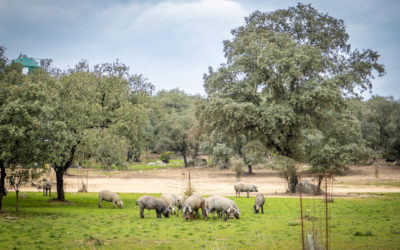
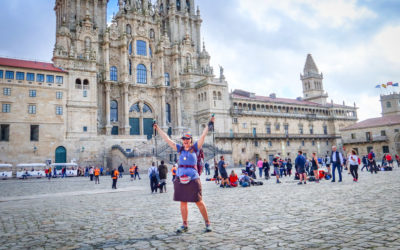
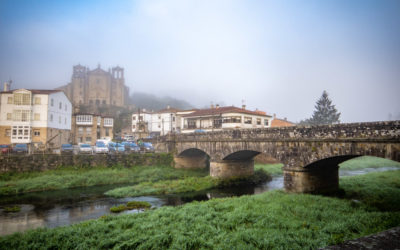

0 Comments